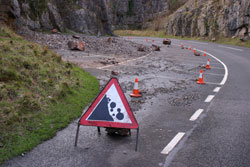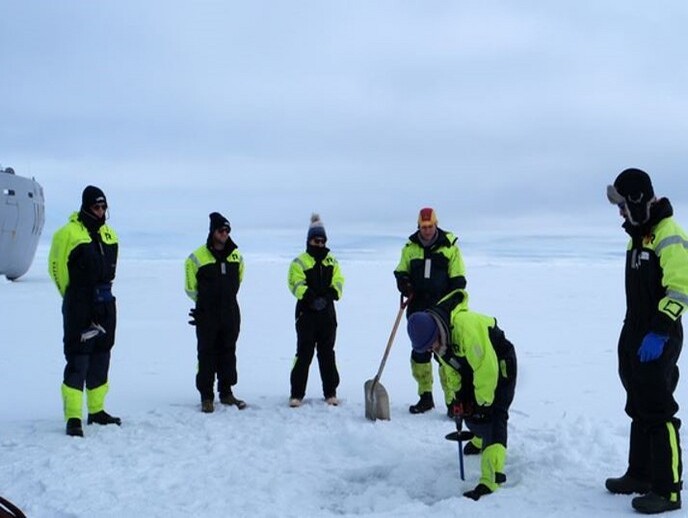Satellite images for identifying landslide hazards
Strategies for the management of landslide hazards require a wide range of forward-looking activities, including real-time monitoring and alert systems for active landslides, as well as protective engineering measures. The data acquired from remote sensing systems, especially active sensor systems like radars, have allowed the mapping of steady and catastrophic mass displacements in alpine regions. Importantly, continuous recording of high quality Synthetic Aperture Radar (SAR) scenes by the European Remote Sensing satellites, have opened up the possibility to determine earth surface movements with millimetre accuracy. Besides the strong potential of Synthetic Aperture Radar Interferometry (InSAR) for the detection of landslides and earth surface movements, Digital Elevation Models (DEMs) of areas under investigation could also be generated. Within the framework of the European project OASYS the accuracy of interferometric satellite data in comparison with ground-based Global Positioning System (GPS) observations was assessed. For this purpose, European Remote Sensing satellite (ERS 1 and 2) data from five test sites in several countries, including China, Germany, Greece, Hungary and Rumania were processed. Multiple filter steps were applied to co-registered radar scenes with the aim of reducing the system and processing noise, before the phase unwrapping process, retrieving quantitative measures of land displacement. For the final differential interferogram, the topographic phase was removed by using a third image in relation to the original two radar scenes. The DEMs generated proved to be a useful data source for both modelling purposes and the Geographical Information System (GIS) within an alert system. Comparisons with geodetic results indicated that InSAR is a powerful tool for the detection of earth surface processes, if the observed area fulfils specific criteria.







